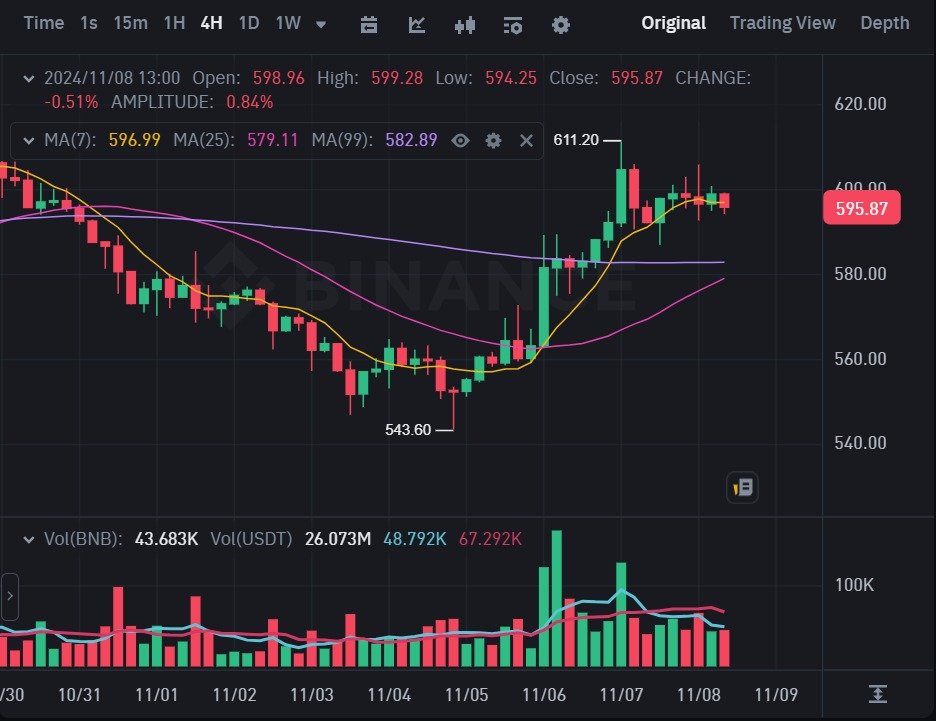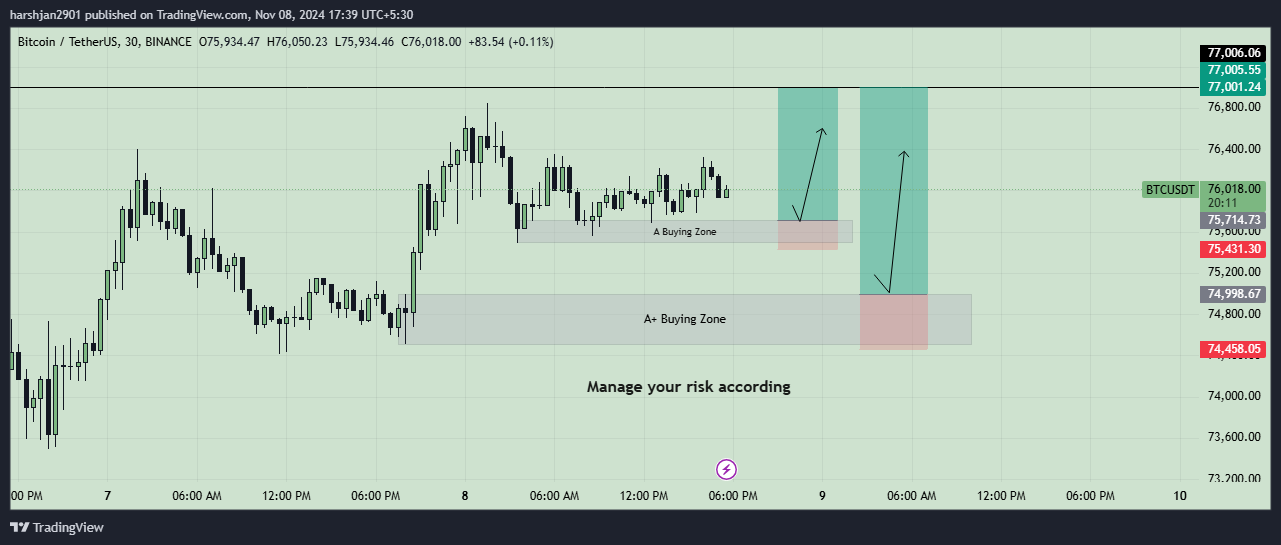Yes, crypto wallets can potentially be traced, but the level of traceability depends on several factors, including the type of cryptocurrency, the wallet you use, and whether you’re taking measures to maintain your privacy. While cryptocurrencies like Bitcoin and Ethereum are often thought of as anonymous, in reality, many transactions are publicly visible on the blockchain, making it possible to trace wallet activity under certain circumstances.
Here’s a deeper dive into the traceability of crypto wallets:
1. Blockchain Transparency
Most cryptocurrencies, such as Bitcoin (BTC), Ethereum (ETH), and Litecoin (LTC), operate on public blockchains, meaning that all transactions are recorded on the blockchain and can be viewed by anyone.
- Public Ledger: The blockchain functions as a public ledger, where every transaction made is stored permanently. This means that once a transaction is made from a wallet, it’s visible to anyone who knows the wallet address.
- Transaction Details: While the wallet address itself doesn’t directly reveal personal information (such as the owner’s name or location), it does display:
- The amount of cryptocurrency sent or received.
- The source and destination addresses.
- The timestamps of transactions.
- Tracing Wallets: Blockchain analytics companies, such as Chainalysis, can use sophisticated tools to track transactions across the blockchain and potentially identify the wallet’s user. These companies analyze patterns and can link wallet addresses to specific individuals or organizations, especially when funds interact with regulated entities (e.g., exchanges or businesses that perform KYC/AML checks).
2. How Wallets Can Be Traced
1. Through Exchange Interactions
- Exchanges and KYC: If a wallet interacts with a regulated exchange (like Binance, Coinbase, or Kraken), and the exchange adheres to Know Your Customer (KYC) regulations, it’s possible to link a wallet address to a specific individual. When you create an account on these exchanges, you are required to provide identification, such as a passport or driver’s license.
- KYC and AML Compliance: Once your identity is verified, exchanges are legally required to report suspicious activity. If you send or receive crypto from these exchanges, the wallet addresses are often linked to your personal identity.
2. Through Blockchain Analytics
- Transaction Clustering: Blockchain analysis tools can group transactions and wallet addresses that interact with each other. This is often referred to as address clustering. If someone sends crypto from one wallet to another and then to an exchange, analysts can potentially identify these as part of a “chain” of transactions, leading them to track down the original wallet holder.
- Metadata and IP Address Tracking: In some cases, the IP addresses used when making transactions can be linked to wallet addresses. If users access their wallets or conduct transactions over insecure networks or without privacy tools like VPNs, their location or identity might be more easily identifiable. Some wallets also leak metadata that could potentially be used to trace the wallet owner.
3. Privacy-Focused Cryptocurrencies
Some cryptocurrencies are designed specifically to enhance privacy and make it more difficult to trace wallet activity. These include:
Monero (XMR)
- Private Transactions: Monero is designed to be highly private by default. It uses ring signatures (which obfuscate the sender), stealth addresses (which hide the recipient), and confidential transactions (which hide transaction amounts). These features make it very difficult, if not impossible, to trace transactions or wallets on the Monero network.
Zcash (ZEC)
- Shielded Transactions: Zcash also offers privacy features through shielded transactions, which use zk-SNARKs (zero-knowledge proofs) to encrypt transaction details. While Zcash can be used in a transparent mode (like Bitcoin), shielded transactions make it much harder to trace wallets.
Other Privacy Coins
- Dash, Verge, and Beam also incorporate privacy features, though their level of anonymity is generally not as high as Monero or Zcash.
4. Measures to Increase Privacy and Anonymity
While public blockchains can be traced, there are strategies and tools that can help maintain privacy when using crypto wallets:
1. Use of Privacy Wallets
- Hardware Wallets: Using a hardware wallet like Ledger or Trezor keeps your private keys offline, making it harder to hack or trace your wallet. However, if you use it in conjunction with privacy-focused coins or privacy-enhancing strategies, it provides an added layer of security.
2. Privacy Coins
- As mentioned above, using privacy coins like Monero or Zcash can significantly reduce traceability, as these networks are designed to obscure transaction details.
3. Coin Mixing or Tumbling
- Coin mixing services (also called coin tumblers) allow users to mix their coins with others, making it harder to trace the source of funds. By “tumbling” coins, you create a more complex transaction trail, though this service is often used for anonymity at the risk of legal concerns in some jurisdictions.
4. Use of VPNs and Tor
- Using a VPN or Tor network when accessing your wallet can help obscure your IP address, making it harder for anyone to trace your physical location or associate it with your wallet transactions.
5. Limitations of Privacy Measures
- Full Anonymity is Difficult: Achieving full anonymity is difficult because wallet addresses are still publicly visible, and sophisticated analytics tools are improving in identifying patterns and linking wallets to individuals or entities. Even privacy coins like Monero or Zcash cannot guarantee 100% anonymity if there are missteps in usage or if you’re not careful with your online activity.
- Regulatory Compliance: Many countries are tightening regulations around cryptocurrency transactions, meaning that crypto exchanges and even wallet providers may be required to implement KYC/AML procedures. These regulations increase the risk of wallets being traced, especially when using centralized services.
Conclusion: Can Crypto Wallets Be Traced?
Yes, crypto wallets can be traced, particularly for cryptocurrencies like Bitcoin and Ethereum, which are built on public blockchains. Transactions are visible to anyone, and through blockchain analysis, it’s possible to track wallet activity. However, if privacy is a concern, there are privacy-focused coins like Monero and Zcash, as well as strategies like coin mixing, VPN usage, and the use of hardware wallets to increase privacy.
For anyone looking to enter the world of crypto with confidence, Lumina Lore offers tailored investment strategies and copy trading solutions that can help maximize returns while minimizing security risks.
👉 Start trading safely with Binance: Use our referral link to secure your crypto transactions.
👉 Explore Copy Trading: Leverage expert trading strategies with Binance Copy Trading. Secure and optimize your crypto journey!



